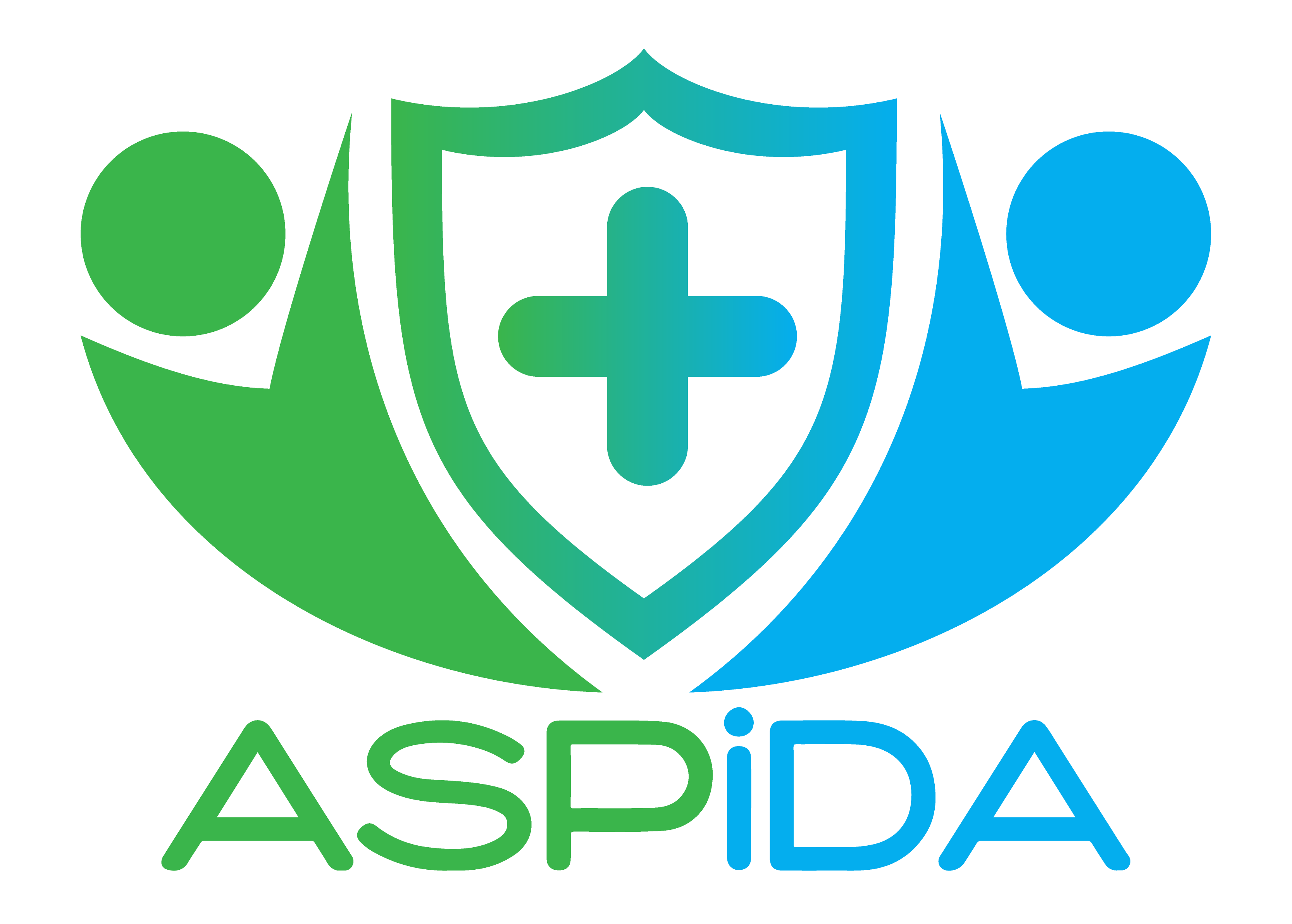Action recognition via graph convolutional networks for the assisted living of the elderly
Automated monitoring systems can play a crucial role in the effective assistance of the elderly during their daily lives. Such systems aim to detect specific actions or activities of the individual which can indicate discomfort, pain or danger. Towards this end, Graph Convolutional Networks can be utilized to process skeleton data that represent the human body as a graph of interconnected notes. In this paper, a novel methodology for human action recognition is proposed that, along with the conventional full-body human graph, utilizes an arm-specific graph representation to better capture the fine-grained motion of the arms. For experimental evaluation, a new dataset is created that includes a variety of actions, performed by multiple elderly individuals, specifically for the purpose of monitoring everyday life activities. Additionally, experimentation is extended to two well-established large datasets, namely NTU RGB+D and NTU RGB+D 120, focusing on the actions that correspond to medical conditions. Experimental results demonstrate the effectiveness of our approach, compared to the conventional one, in terms of recognition accuracy.
Authors
Zois Tsakiris, Lazaros Tsochatzidis, Dimitrios Menychtas, Nikolaos Aggelousis, Ioannis Pratikakis
Conference
2023 18th IEEE International Workshop on Cellular Nanoscale Networks and their Applications (CNNA)
Availability Date
NA
